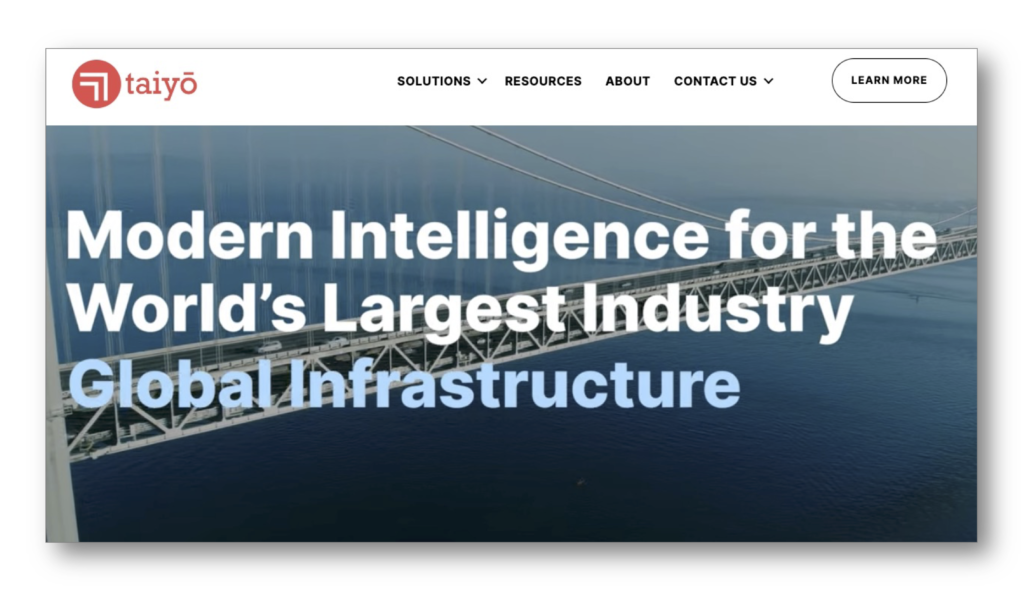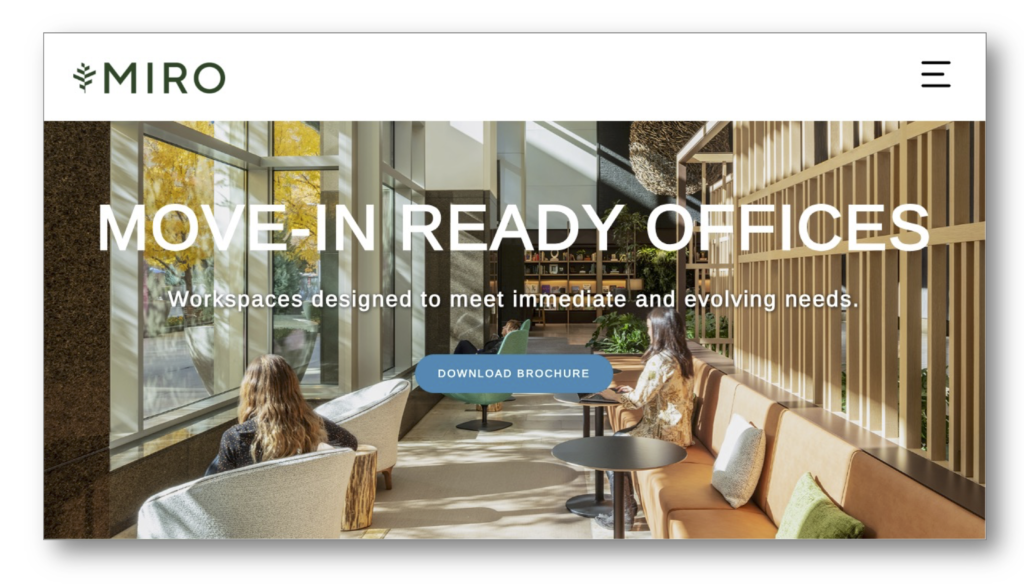Your Web Presence – Building Brand Value and Trust Isn’t Just About Making Things Look Pretty
It’s the most visible representation of your brand presence and voice
Have you ever landed on a visually stunning website only to leave frustrated because you can’t figure out what the company does? You’re not alone.
The design is spectacular, with amazing photos, video, and sparse headlines, but as you navigate through the site, you realize you have no idea what they do or what unique value they offer. The more time you spend on the site, the less you learn (or you walk away). It often feels like the design was created in a vacuum, completely detached from the content and site structure.
Company websites are often the first point of contact with potential customers, investors, or partners. They are crucial communication platforms. The site’s tone, language, and content should reflect the company’s voice, values, and benefits and effectively convey its message to various stakeholders.
The company’s core position should drive the content strategy and design approach.
Too many companies tell a story they know by heart, but no one else does.
This ”inward thinking” and disjointed approach to creating a web presence is not unusual. While you may know your brand story like the back of your hand, insiders often leave out key details that will help potential clients get it. Unfortunately, some companies fail to blend their brand strategy, design, and content into a coherent and easily navigated website.
The first question we always ask is, “Who is this website for?”
We’ve been involved in many website design processes, spanning many business configurations—content-driven, B2C, B2B, and web apps. (see how we took Taiyo.AI’s message and created a functional website) What’s different about professional services and corporate websites?

Your website represents the most valuable and visible platform for showcasing your firm’s profile, expertise, unique approach, and unique value
B2B Websites Fundamentally Must Convey Credibility
People buy services from experts they trust. Even strong referrals are not always enough to get you in the door. Buyers will check out your website to verify a referral and then readily discount it based on the information they find (or don’t find).
Your prospects know they are buying complex service offerings, which tend to be big-ticket items and involve considerable risk. These are the opposite of impulse purchases on B2C product sites.
Take a Holistic Approach to Website Strategy & UI Design
We approach website creation as a strategic journey beyond aesthetics and functionality. Who are you trying to reach with what unique message and value? At its core, developing a corporate website is deeply rooted in marketing strategy, communications, and brand positioning. This approach marks a shift from viewing the website as a digital space that presents products or services, to recognizing it as a strategic asset in the company’s overall business and brand strategy.
Radiant developed a new brand and site that’s part of the marketing ecosystem for a new type of office, MIRO, Move In Ready Office. Visit to see our thinking that went into building and positioning this brand and website. The goal was to connect to a visitor through digital ads, provide value with insightful downloads, and build inquiries back to the properties. The site carries the visitor through the rationale and features that make these office designs work and provide a virtual guide to actual spaces with stunning visuals to attract interested tenants.

Steps for a Strategic Website Presence
Creating a high-impact, lead-generating website can seem like an impossible task. Here are the critical building blocks Radiant uses to create compelling sites that communicate what a firm is about.
1-Focus on Unique Brand Positioning & Marketing Strategy. How are you different from your competitors? What can you do that others do not? The website is a pivotal tool in the marketing arsenal and reflects broader marketing objectives. It’s where target audiences can be engaged, brand stories told, and products or services showcased in a manner that resonates with the company’s market positioning. Effective websites are designed with a deep understanding of the target audience, including their needs, preferences, and online behaviors.
2-Use An Integrated Visual Design & Communications Process, one that integrates content strategy, UI design, and presentation into one seamless experience. The visuals chosen speak as loudly as words. What’s the story you’re telling? How do you want visitors to experience your brand? Can visitors easily understand who you are and how you are different through simple and easy navigation? Where do you want visitors to go? While marketing, communications, and brand positioning form the strategic backbone, the website’s design and functionality bring this strategy to life.
3-Amplify the Core Team & Their Unique Value. What makes your team special for your clients? What do they offer that focuses on the customer’s needs? Why should anyone care? How the core team and management are positioned, from photos to bios and titles, shapes the firm’s brand image.
4- Supportive UI Design, UX Functionality & Compliance are Important. Functionality ensures that the website operates smoothly, loads quickly, and is accessible across various devices and platforms. This technical excellence supports the strategic goals by ensuring visitors have a positive experience every time they visit the site. With all the new requirements regarding disclosing cookies and visual and ADA compliance, it’s important not to overlook what is necessary and expected in a site.
Your Website is About Your Brand
Building a new corporate or business website is a complex process that goes beyond creating a digital presence. It’s an integral part of your company’s strategy that plays a central role in marketing, communications, and brand positioning. The design and functionality are not just about looking good; they must support and achieve your strategic goals.
Ready to transform your website into a true strategic asset? Connect with us.
We’ll provide a comprehensive site audit that ensures your digital presence aligns with your strategic goals. Contact Us.
